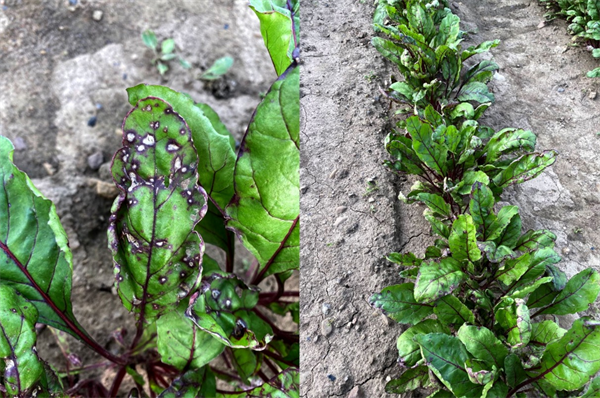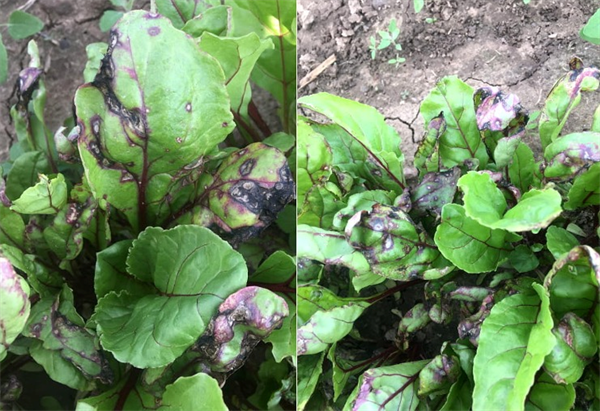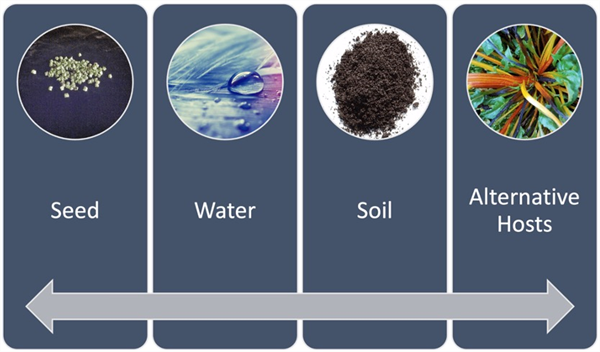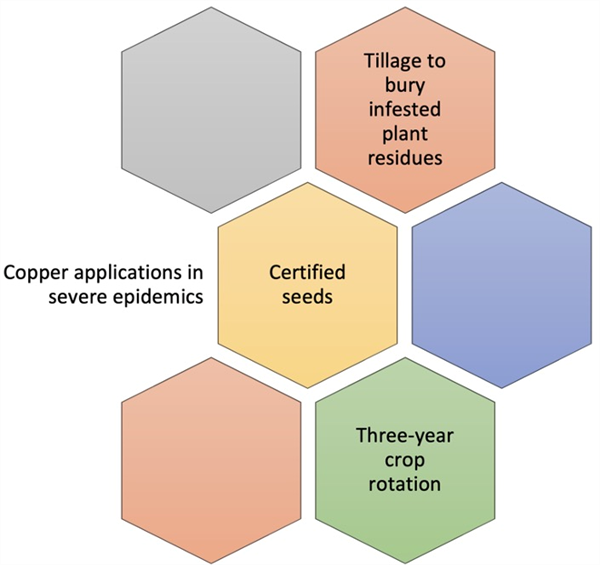-
Apr 29, 2020Whiteflies Management on Spring Melons 2020
Spring melon crops are rapidly growing, and so are insect pest populations. Whitefly adults are becoming noticeable, and PCAs should be diligent in their monitoring and sampling. Overall, whitely populations are quietly becoming abundant on the spring melons of all sizes. Adults can easily be found on recently planted melons located at the Yuma Ag Center, and reports from local PCAs suggest that adult populations are beginning to show up on older plantings. As temperatures increase and crops/weeds mature, avoidance of excessive feeding from whitefly nymphs should be a primary concern on all melon types. Honeydew and sooty mold contamination cantaloupes, mixed melons and watermelons can significantly reduce quality and marketability. Our research has shown that to prevent fruit yield and quality losses on spring melons, a foliar insecticide treatment should be applied on threshold; that is, when leaves have greater than 2 adult whiteflies per leaf, when averaged across an entire melon field. At this level of adult abundance, immature populations should just be starting to colonize, and timing sprays based on the adult threshold has been shown to significantly reduce the chance of yield / quality loss during spring harvests. This threshold applies for the use of recommended IGRs (Courier, Knack, Cormoran, and Oberon), foliar applied neonicotinoids (Assail, Venom, Scorpion), diamides, (Exirel and Minecto Pro) and the new feeding disruptors (PQZ and Sefina). On watermelons, Sivanto is also available. For more information on whitefly management and available insecticides, go to these documents on IPM and Whitefly Management and Whitefly Control Options. Also, be aware of honeybees and other pollinators in or around melon fields. If bees are present, be sure to carefully read labels and determine bee safety of a product before making an application in a melon field. If applications are necessary during bloom, only apply a product that is considered bee safe (e.g., PQZ, Sefina, Sivanto, Assail). We also recommend that insecticides only be applied when honeybees are not actively working in the field (e.g. 10:00 pm – 3: 00 am).
Name the insect pest below:

Image courtesy of Mike Arbogast
CONGRATULATIONS!
Jose Martinez correctly ID'd the insect in the picture as painter lady caterpillar.
Thank you all for your participation.To contact John Palumbo go to: jpalumbo@ag.Arizona.edu














